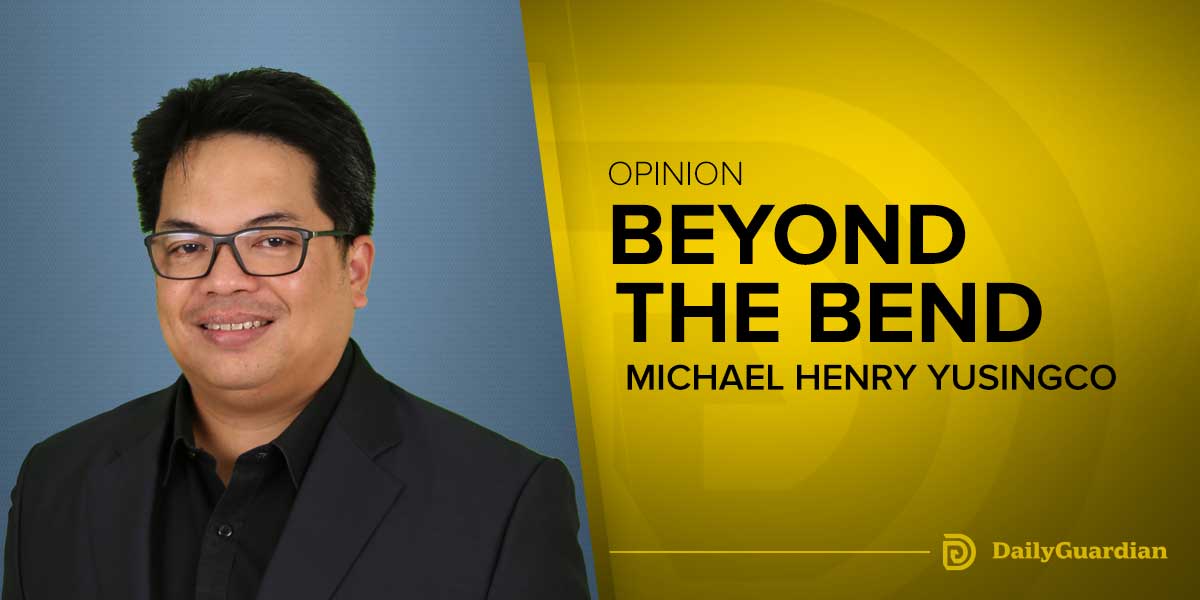 By Joshua Corcuera
By Joshua Corcuera
For graduating high school students, the near future is something that immediately comes to mind. Some would try to work to help their families make ends meet, while others would start-up a small business for the same reason. Going to college, however, is often the desired next step towards achieving their goals and aspirations. After all, a college diploma can open new rewarding opportunities — though graduating from college is not an assurance of success.
No wonder if why high school seniors discuss where they plan to go to college. Obviously, prestigious or well-known schools are commonly desired destinations. This explains if why, more or less a hundred thousand, graduating students take the notoriously difficult UPCAT — the University of the Philippines College Admission Test as well as other college admission tests.
How does the Philippines compare with other countries in college admissions?
In the United States, the SAT or ACT are exams taken when someone plans to go to college. In China, it’s the gaokao, and in South Korea, they have the suneung. Unlike in other countries, college admissions vary per university in the Philippines. For instance, the Ateneo has a different exam than that of La Salle, so does UP compared to PUP and so forth.
Despite differences among the college entrance tests (CETs) of Philippine universities, there are shared similarities. Obviously, it attempts to measure what you have learned in high school. Though when I took some CETs about two years ago, examinations seem to be STEM-centered — meaning exams put emphasis on the sciences over the arts and humanities.
Some also require interviews and performance requirements. In one university in Manila, for instance, I remember that those who apply for its Conservatory of Music would need to play some instrument after taking the exam. I have no clue if it still applies at present, though.
Memories from Diliman: Taking the UPCAT
When I was a graduating high school student, I also took the UPCAT. As far as I remember, I was the only one from my class to take the highly competitive entrance test. It is apparent and obvious as to why the UPCAT is very competitive. One, the quality of education at the University of the Philippines System is widely acclaimed among professionals, as well as being the highest-ranking educational institution in the country. Two, education in UP is free of charge as tuition of students are funded by the Filipino people — not the government per se. Hence the term, iskolar ng bayan.
I went to Diliman with my parents and my sister before sunrise, yet by the time we arrived, the number of people is already swelling in the testing venue. For about five hours, I sat in a cold room at the Institute of Chemistry at the university. There were a lot of questions on language and reading comprehension and time was severely limited, but I was fortunate that I answered almost all questions well in those subjects. The same for mathematics and science — the difference though is that I answered what I would say a considerable number of questions that can hurt my chances of entering UP.
Then came the first day of April, the UPCAT results were out. At first, I was euphoric that my name was among the list of passers. Furthermore, I qualified for accountancy — my desired course. However, the campus was my second choice and is far away from my residence which is why I have to enter a different university.
There is a need for much more inclusive education
As of now, I am a sophomore accountancy student at an enormous university here in Ermita. I managed to make it here thanks to a scholarship from the university itself. So far, I am doing well in my academics and college life seems to be exciting and fun as well. Even though I didn’t make it to UP Diliman, where I am right now still gave me opportunities for learning and socializing.
However, I realized that not everyone shares the same privilege I enjoy. Many ordinary students — especially in the countryside — find it difficult to make it into college even if they aspire to do so. Therefore, it is essential to develop the quality of tertiary education in the provinces and assure that every person can access proper higher education. As I have written in my past columns, I would reiterate that education is a right, and not a privilege.






















